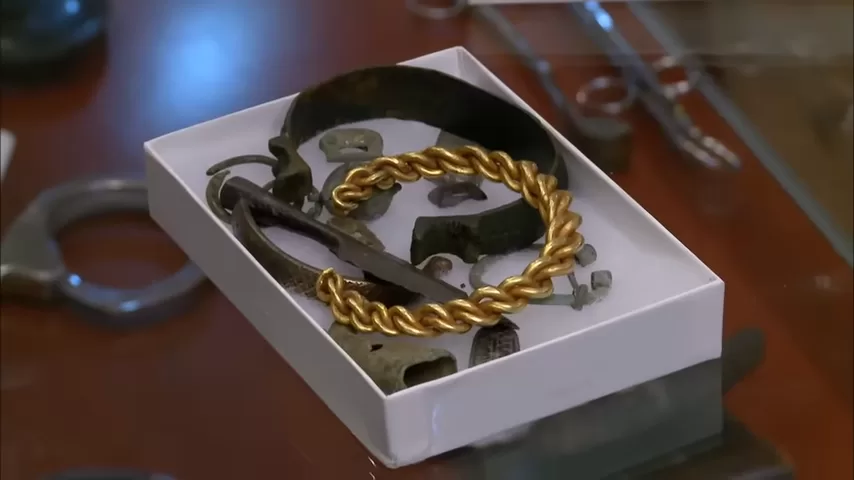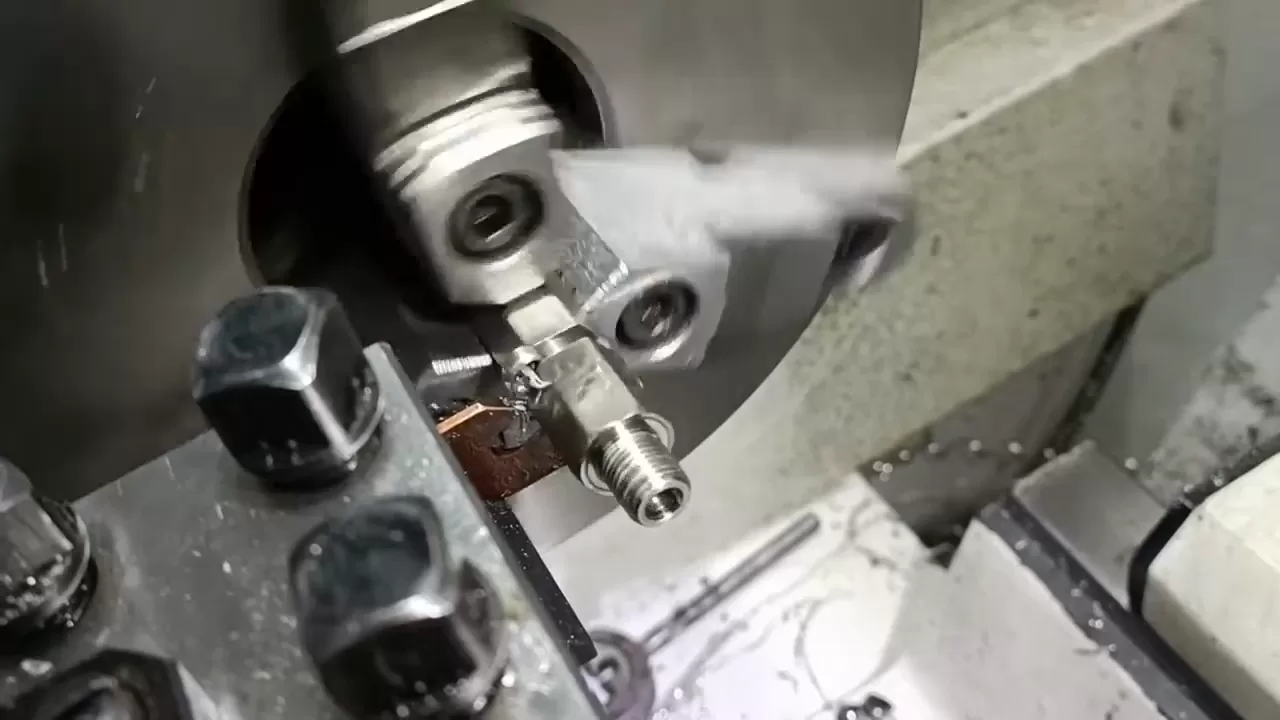When someone walks into a pawn shop claiming they have authentic Viking gold, the first instinct is skepticism. After all, how many ancient Scandinavian treasures end up in American display cases? But this time, the claim held weight—literally and historically.
A seller entered the shop carrying a bundle of curious items: fragments of ancient jewelry, a few mysterious metal pieces, and, as it turned out, one gold Viking bracelet that could be worth nearly $10,000. And to think—he only came in hoping to make a grand.
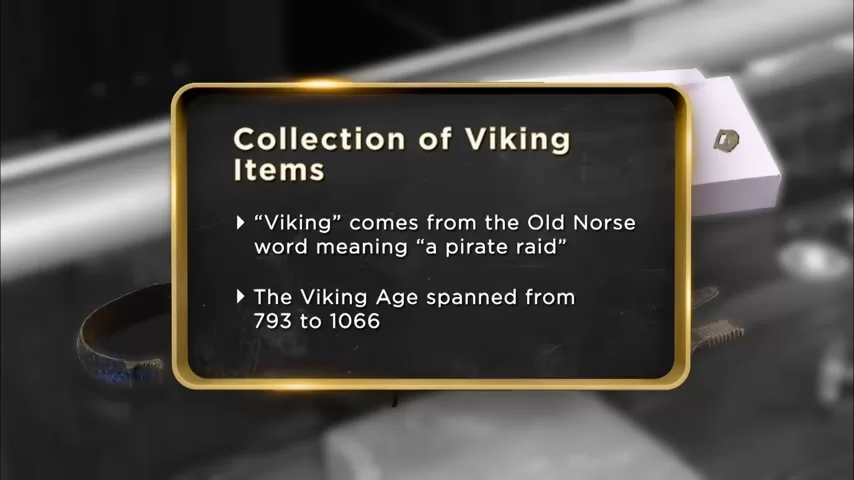
From England, With History
The seller had acquired the pieces in a trade with a friend who runs an antique shop in England. He didn’t know exactly what he had—only that the gold bracelet was the centerpiece and felt “one of a kind.” The rest of the items, including a possible brooch fragment, a twisted copper band, and a couple of iron bits, looked ancient but were hard to place.
“I really want to make a couple thousand dollars today,” he said optimistically.
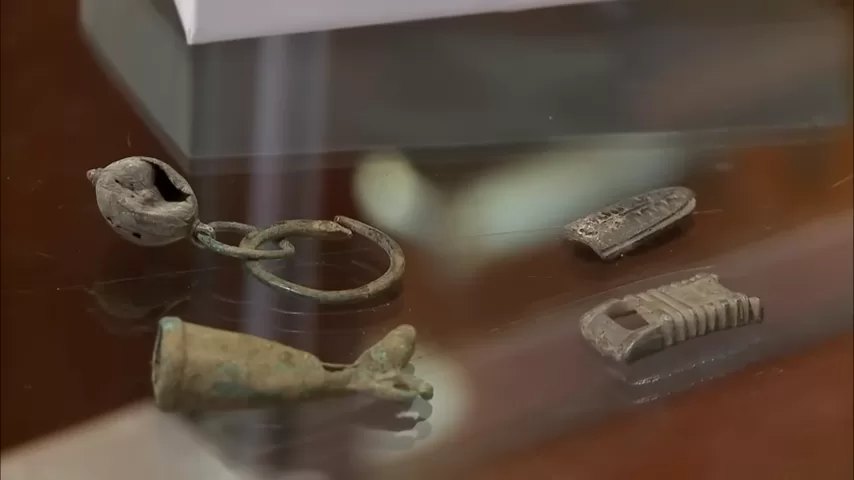
Some items were clearly worn, broken, or incomplete. Still, the seller hoped that age and origin would outweigh cosmetic flaws.
What Makes Viking Artifacts So Coveted?
Viking items are extremely rare in the U.S. Even small or broken objects—if authentic—can carry substantial value. But verifying age and provenance is crucial. Many fakes and lookalikes flood the market, especially pieces that mimic Viking design but actually come from Baltic tribes or later medieval periods.
“You almost never see legitimate Viking items here,” the shop owner remarked. “Even small fragments could be worth real money—if they’re the real thing.”
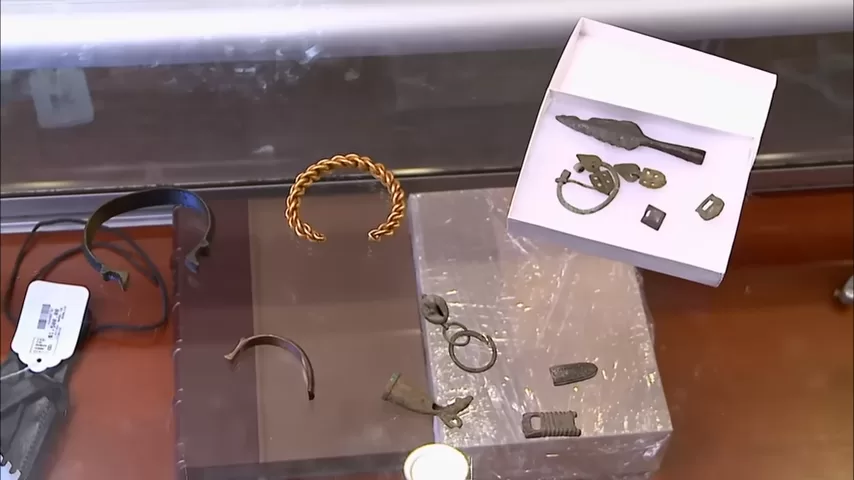
So to get to the bottom of the mystery, the shop called in a ringer: Laird, a Viking artifact expert with connections to the Metropolitan Museum of Art.
Myth vs. Museum: The Truth Behind the Artifacts
When Laird arrived, the conversation immediately turned to history and myth. For starters, he debunked one of the most common misconceptions:
“Vikings never wore horned helmets,” he clarified. “That came from Wagnerian operas in the 19th century.”
As for the items?
- Fragments of Brooches or Jewelry: Interesting, but ambiguous. Without clear context or intact features, their value was minimal.
- Iron Arrowhead: Possibly ancient, but not definitively Viking. Likely worth less than $50.
- Copper Bracelet Fragment: Modest value, about $50, due to the material and partial preservation.
- Twisted Bronze Bracelet: A known Viking trading practice was to use such items as “hack silver” or cut pieces of metal weighed out for bartering. Estimated at $175–$200.
- Gold Bracelet: The star of the show. Plated wire craftsmanship, consistent with Viking design circa 10th century. Likely Swedish in origin. Laird estimated a value of £6,000 to £8,000, or $9,400 USD at current exchange rates.
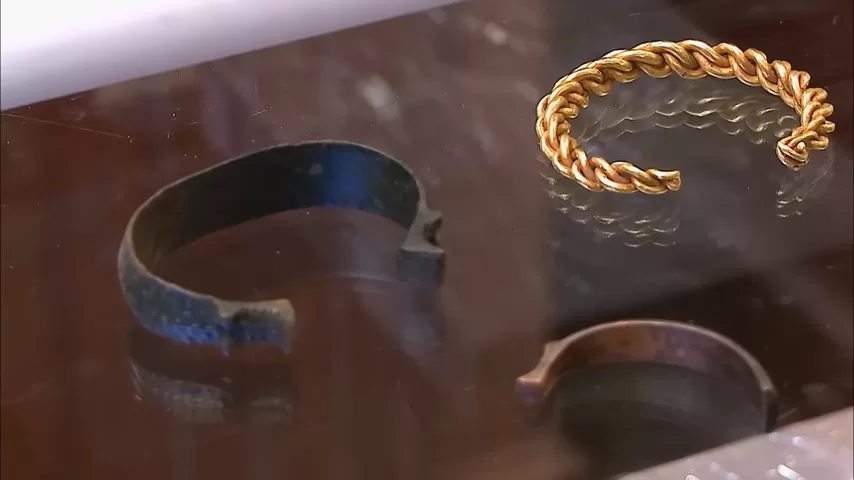
“This is Viking gold. Real deal,” Laird confirmed. “Manufacturing style, form—it all checks out.”
From Rust to Riches: The Negotiation
After getting the green light from the expert, it was time to talk business.
The shop owner wasn’t impressed with the lower-tier items but still offered $250 for the lot—more than fair, considering the lack of demand.
“You walked in wanting $1,000 for everything,” he reminded the seller. “You’re walking out with over $7,000.”
And that’s where the real deal happened. For the gold bracelet, the seller asked for $8,000, hoping to capitalize on the expert’s appraisal. The shop owner offered $7,000 flat, citing resale risks, niche buyer interest, and currency exchange uncertainty.
“You’re a hard guy,” the seller smirked.
“I’m not a hard guy,” the shopkeeper replied. “You’re walking out of here with $7,250 for stuff you thought was worth a thousand.”
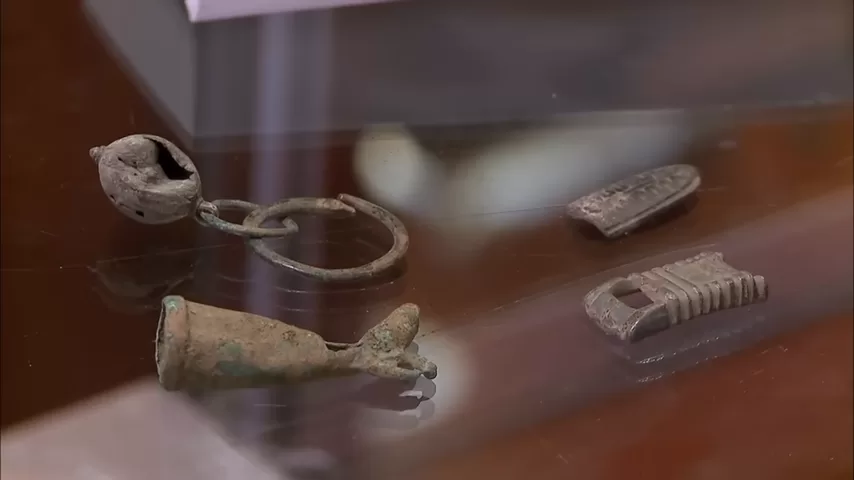
The seller agreed—and with a handshake, the Viking jackpot was sealed.
Why Viking Artifacts Are So Valuable
Vikings ruled the seas and shaped early European history, leaving behind artifacts that reflect a complex culture of trade, war, and craftsmanship. But most items either:
- Didn’t survive due to corrosion or decomposition,
- Were kept in Scandinavian museums, or
- Remain buried, undiscovered in fields and gravesites.
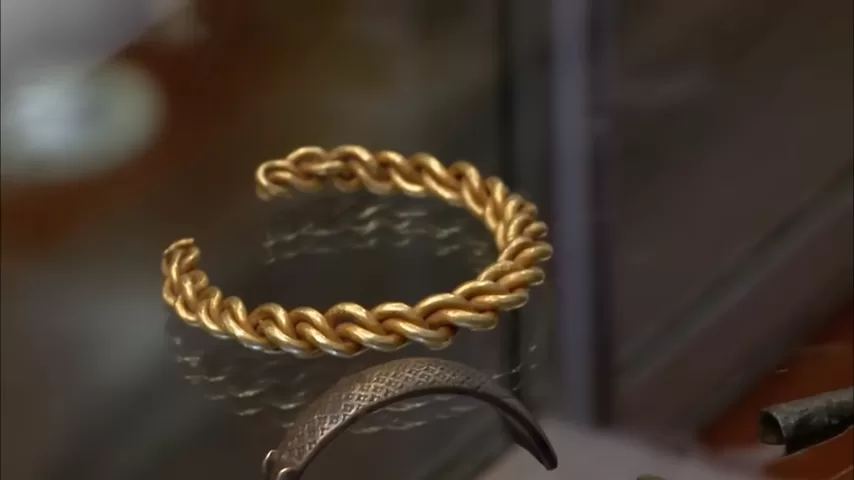
That’s why an authentic Viking gold bracelet, especially one that has passed expert scrutiny, is a collector’s dream. Add to that the rarity of seeing such items in the U.S., and the value skyrockets.
Final Thoughts: The Loot of a Lifetime
This wasn’t just a lucky sale. It was a moment of serendipity—when one man’s curiosity about old metal turned into a life-changing windfall. The moral of the story? Never underestimate what’s in your collection, especially if it comes with centuries of buried history.
Whether you’re a collector, a casual treasure hunter, or just someone with a mysterious drawer of old stuff, this story proves: sometimes history is just waiting to pay out.
“$7,200,” the seller said, grinning. “I’m gone. Hit the jackpot—straight to the bank.”
